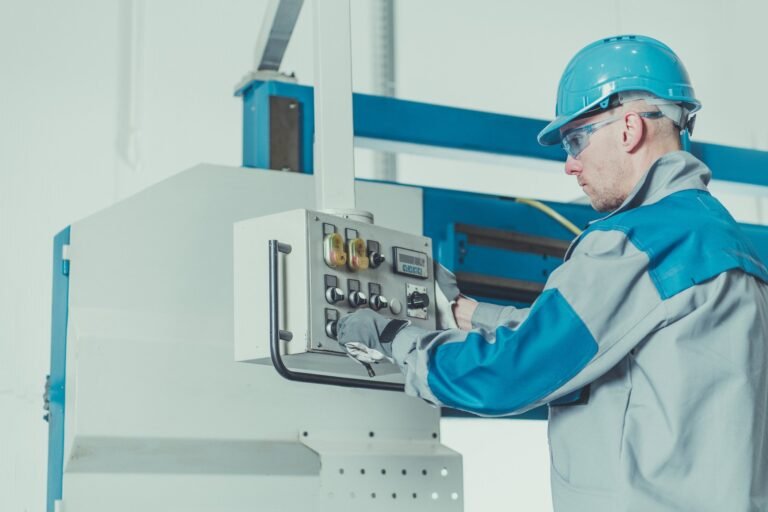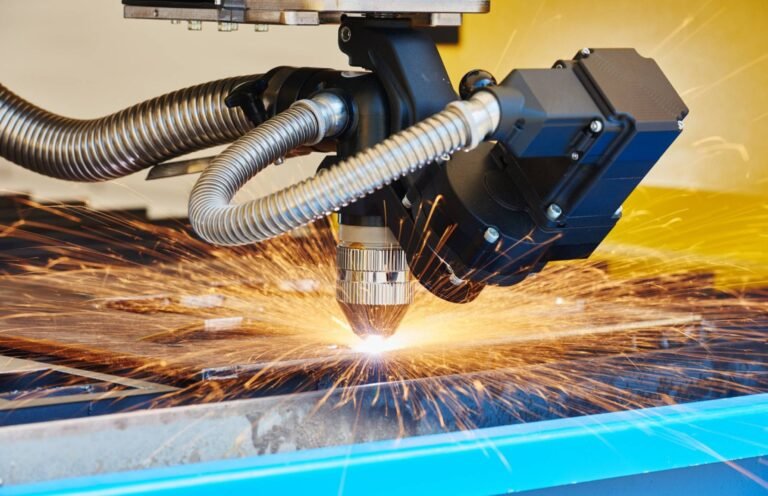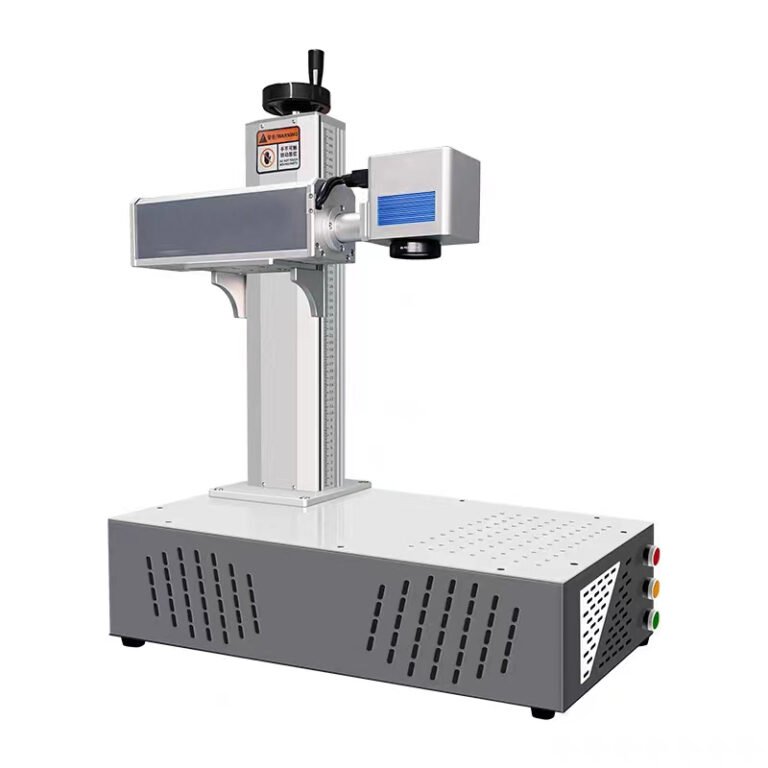Laser Cleaning Machine: The Ultimate Solution for Cleaning Surfaces
Cleaning surfaces is an essential task in several industries, including manufacturing, automotive, aerospace, and medical. Traditional cleaning methods such as sandblasting, chemical cleaning, and scrubbing can be time-consuming, labor-intensive, and environmentally harmful. To address these challenges, laser cleaning machines have emerged as a reliable and efficient solution for cleaning surfaces. In this article, we will explore what can be cleaned with a laser cleaning machine, how it works, its advantages, and its applications.
What Can You Clean with a Laser Cleaning Machine?
A laser cleaning machine uses a high-intensity laser beam to remove contaminants from the surface of materials. It is effective in removing rust, paint, coatings, adhesives, stains, and other unwanted substances. Here are some of the materials that can be cleaned with a laser cleaning machine:
Metals:
Rust Removal: Rust is a common problem in metal surfaces that are exposed to moisture and air. A laser cleaning machine can remove rust from metal surfaces without damaging the underlying material.
Paint Removal: Painting is an essential process in many industries, including automotive and manufacturing. However, the paint can deteriorate over time, causing flaking and chipping. A laser cleaning machine can remove paint from metal surfaces quickly and efficiently.
Coating Removal: Coatings are applied to metal surfaces to improve their appearance, durability, and performance. However, coatings can deteriorate over time, causing adhesion problems and compromising the integrity of the material. A laser cleaning machine can remove coatings from metal surfaces without damaging the underlying material.
Plastics:
Ink and Adhesive Removal: Plastics are widely used in manufacturing, packaging, and other industries. However, ink and adhesives can build upon the surface, causing aesthetic and functional problems. A laser cleaning machine can remove ink and adhesive residues from plastic surfaces without damaging the material.
Mold Cleaning: Mold can grow on plastic surfaces in humid environments, causing health hazards and aesthetic problems. A laser cleaning machine can remove mold from plastic surfaces without using harsh chemicals or abrasive materials.
Stones and Concrete:
Graffiti Removal: Graffiti is a common problem in public spaces, causing aesthetic and social issues. A laser cleaning machine can remove graffiti from stone and concrete surfaces without damaging the underlying material.
Restoration: Stones and concrete surfaces can deteriorate over time, causing cracks, stains, and discoloration. A laser cleaning machine can restore the appearance of stones and concrete surfaces without using abrasive materials or chemicals.
Glass:
Stain Removal: Glass surfaces can develop stains from water, minerals, and other substances. A laser cleaning machine can remove stains from glass surfaces without causing scratches or damage.
Etching Removal: Glass surfaces can develop etching from acid, causing aesthetic and functional problems. A laser cleaning machine can remove etching from glass surfaces without damaging the material.
How Does Laser Cleaning Machine Work?
A laser cleaning machine uses a high-intensity laser beam to ablate the surface of materials, removing contaminants and residues. The laser beam is generated by a laser source and directed towards the surface of the material using a scanner or a robotic arm. The laser beam interacts with the surface of the material, creating plasma, and generating shockwaves that remove the contaminants.
The laser beam can be adjusted to meet the requirements of the cleaning process, including the intensity, the pulse duration, and the spot size. The laser cleaning process is non-contact, meaning that the laser beam does not touch the surface of the material, reducing the risk of damage and contamination. The laser cleaning machine can be operated manually or automated, depending on the application.
Advantages of Laser Cleaning Machine
Laser cleaning machine has several advantages over traditional cleaning methods, including:
Efficiency: Laser cleaning machine can remove contaminants from the surface of materials
efficiently and quickly, reducing the cleaning time and increasing productivity. It can remove even the most stubborn contaminants without damaging the underlying material.
Precision: Laser cleaning machine can be adjusted to target specific areas of the surface, providing precise cleaning and ensuring that only the contaminants are removed.
Environmental Friendly: Laser cleaning machine does not use chemicals or abrasive materials, making it an eco-friendly alternative to traditional cleaning methods. It also produces minimal waste, reducing the environmental impact.
Safety: Laser cleaning machine is a safe cleaning method, as it does not produce dust, fumes, or other hazardous materials. It also reduces the risk of accidents and injuries associated with traditional cleaning methods, such as chemical exposure and physical strain.
Cost-effective: Although the initial investment for a laser cleaning machine may be higher than traditional cleaning equipment, it can provide long-term cost savings due to its efficiency, precision, and minimal maintenance requirements.
Applications of Laser Cleaning Machine
Laser cleaning machine has a wide range of applications in various industries, including:
Industrial:
Automotive: Laser cleaning machine can be used to remove contaminants from automotive parts, such as engine components, brake systems, and gears.
Aerospace: Laser cleaning machine can be used to remove contaminants from aerospace components, such as turbine blades, jet engines, and landing gear.
Manufacturing: Laser cleaning machine can be used to clean molds, tools, and production equipment, reducing downtime and improving productivity.
Conservation and Restoration:
Artifacts and Monuments: Laser cleaning machine can be used to clean delicate and valuable artifacts and monuments, such as sculptures, paintings, and historical documents, without causing damage.
Historical Buildings: Laser cleaning machine can be used to restore historical buildings and structures, such as cathedrals, castles, and bridges, by removing contaminants and restoring the original appearance.
Medical:
Dental: Laser cleaning machine can be used to remove biofilm and other contaminants from dental equipment, reducing the risk of infection and ensuring proper sterilization.
Surgical Instruments: Laser cleaning machine can be used to remove contaminants from surgical instruments, ensuring proper sterilization and reducing the risk of infection.
Conclusion
Laser cleaning machine has emerged as an efficient, precise, and environmentally friendly solution for cleaning surfaces. It can remove even the most stubborn contaminants from a wide range of materials, including metals, plastics, stones, concrete, and glass. Its applications span various industries, including automotive, aerospace, manufacturing, conservation, restoration, and medical. With its numerous advantages over traditional cleaning methods, laser cleaning machine is poised to become a standard cleaning equipment in the future.




